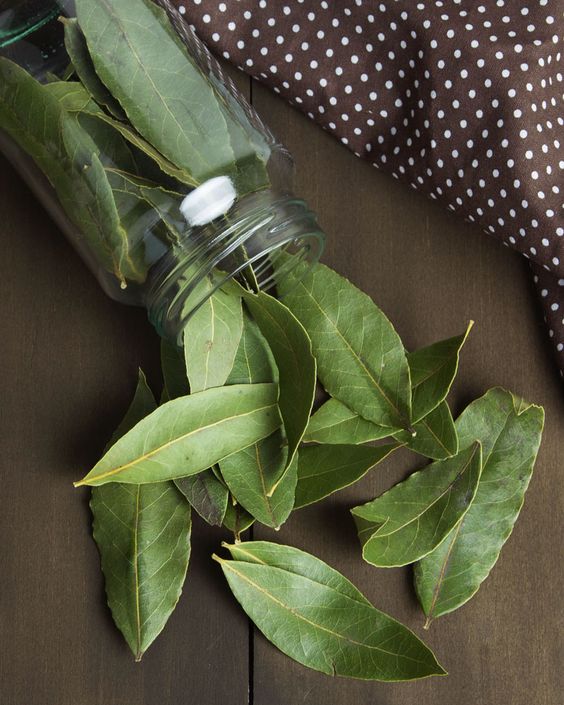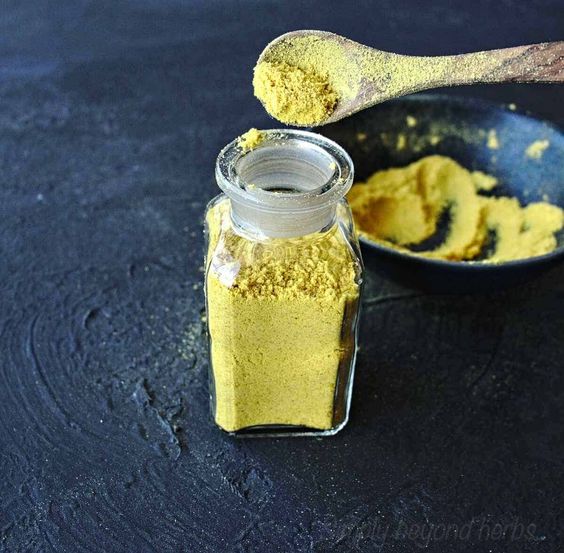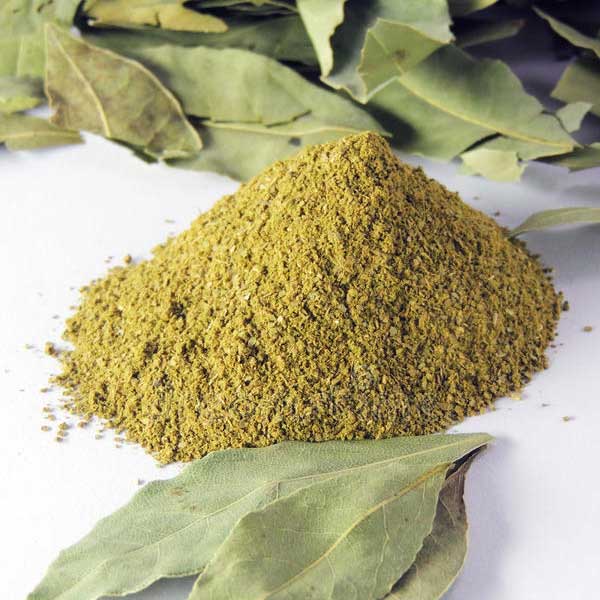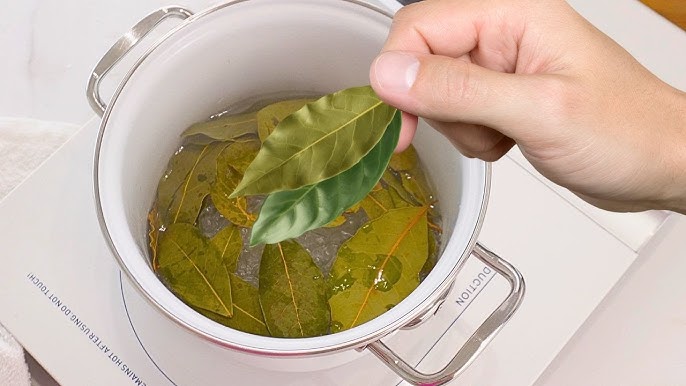When it comes to natural remedies for teeth whitening, bay leaves might not be the first thing that comes to mind. Known primarily as a cooking herb, bay leaves add depth and flavor to soups and stews.
But this humble leaf has more to offer than just a savory aroma. Surprisingly, bay leaves possess qualities that may support teeth whitening, thanks to their natural abrasiveness, antimicrobial properties, and unique compounds like eugenol and cineole.
If you’re curious about how to use bay leaves for a brighter, healthier smile, read on to discover the potential benefits, effective methods, and essential safety tips for incorporating bay leaves into your oral care routine.
Why Use Bay Leaves for Teeth Whitening?
Bay leaves are slightly abrasive, which can help to remove surface stains from teeth. Think of it as a gentle scrub for your teeth, helping to reduce discoloration caused by common culprits like coffee, tea, wine, and smoking.
The leaves contain compounds with natural antibacterial and antimicrobial properties, which contribute to overall oral health by reducing bacteria in the mouth.

Additionally, bay leaves contain eugenol and cineole, natural compounds known for their cleansing effects, which can help promote a fresher, cleaner mouth.
How to Use Bay Leaves for Teeth Whitening
#1. Bay Leaf and Orange Peel Powder Method
You start by crushing a few bay leaves into a fine powder and mixing it with a small amount of dried orange peel powder.
Then, you apply this mixture to your teeth using a toothbrush or simply rub it gently on your teeth with your finger. Allow the mixture to sit for a minute or two before rinsing thoroughly.
Due to its abrasiveness, this method should be limited to once a week to protect your enamel from excessive wear.

#2. Bay Leaf Paste Method
You grind dried bay leaves into a powder and mix them with a small amount of water until a paste forms. Apply this paste to your teeth, gently rubbing in a circular motion, and leave it on for a couple of minutes before rinsing off.
This method allows the bay leaf’s compounds to come into direct contact with surface stains. However, just like the bay leaf and orange peel powder mixture, this paste should only be used occasionally, about once every two weeks, to prevent enamel damage.

#3. Bay Leaf Mouth Rinse
For a gentler approach that’s safe to use daily, consider making a bay leaf mouth rinse. Boil a few bay leaves in water, let the mixture cool, and then use it as a rinse after brushing your teeth.
This rinse won’t have a direct whitening effect, but it can support oral health by reducing bacteria in the mouth, freshening your breath, and helping to keep plaque under control.

Safety and Precautions
Overuse of bay leaves, especially in their abrasive forms, can wear down tooth enamel, which may lead to sensitivity and even discoloration if the enamel is damaged.
You should use bay leaves in moderation. Additionally, it’s wise to do a patch test with a small amount of the bay leaf paste on your gums to check for any allergic reactions or sensitivities.
